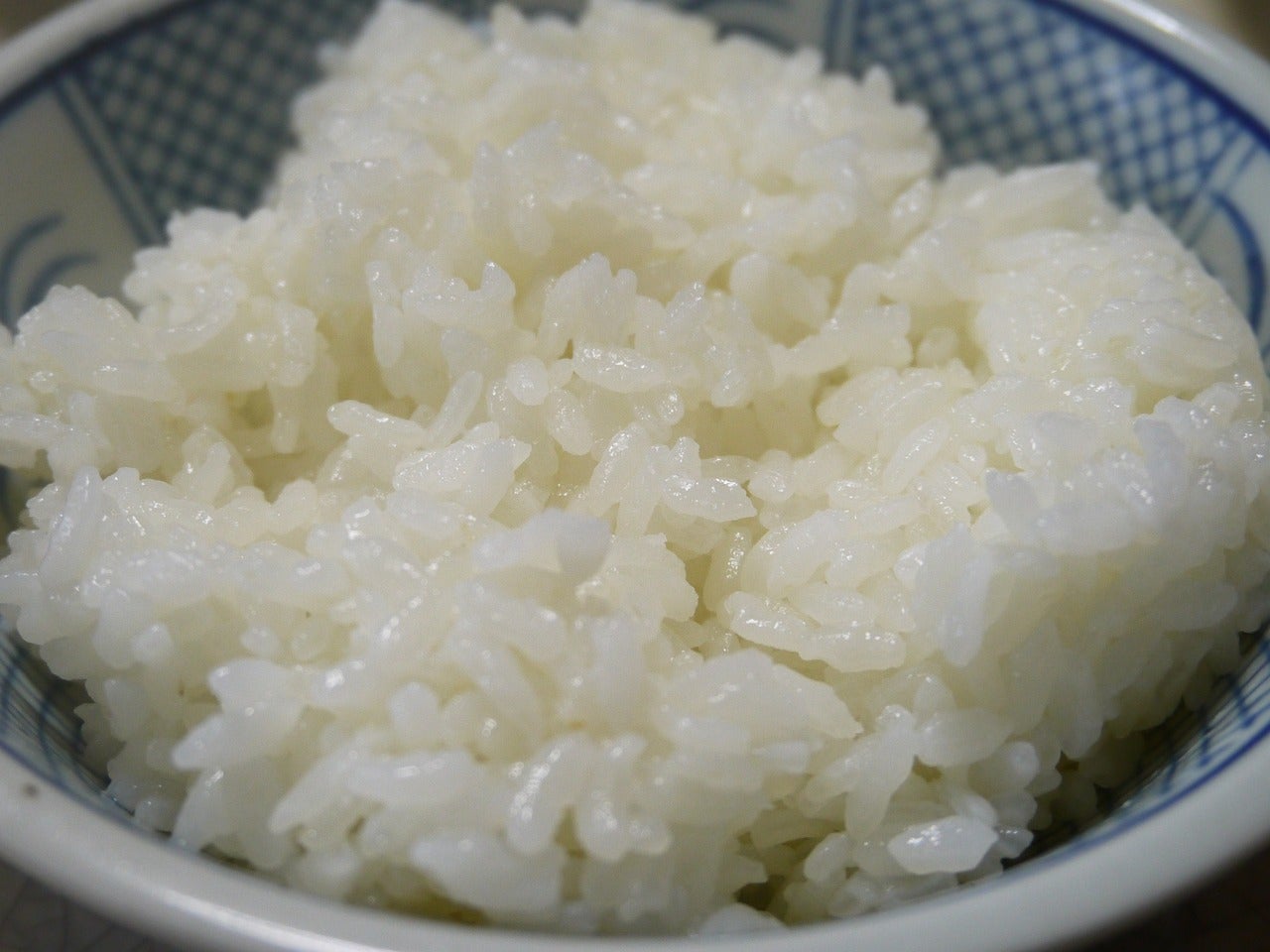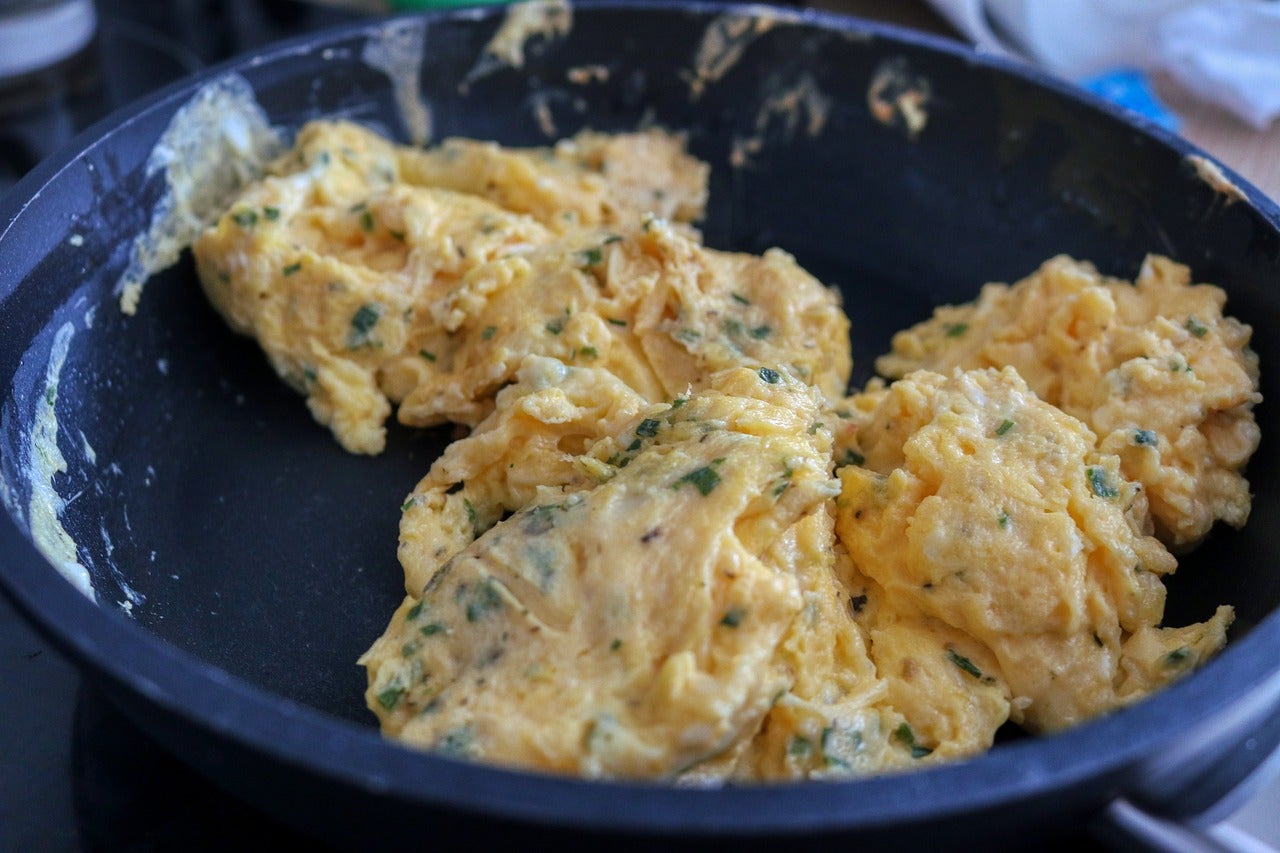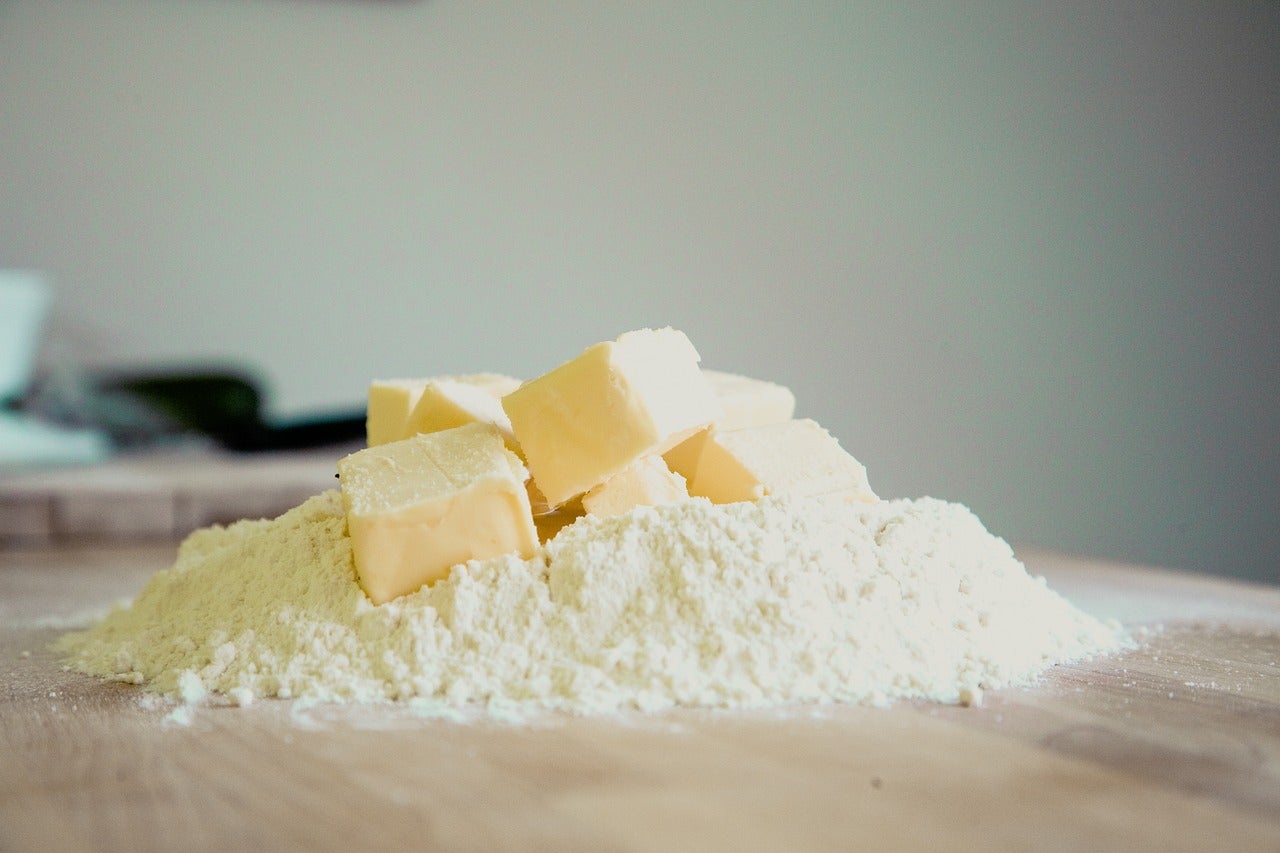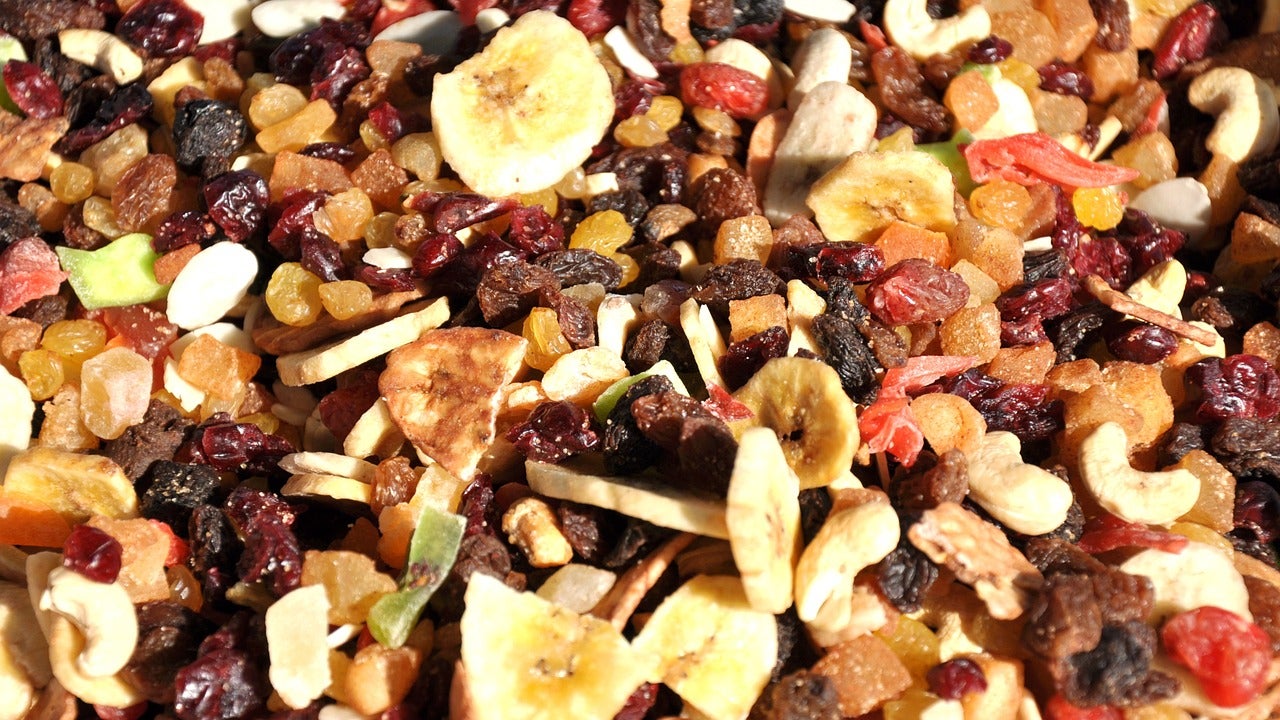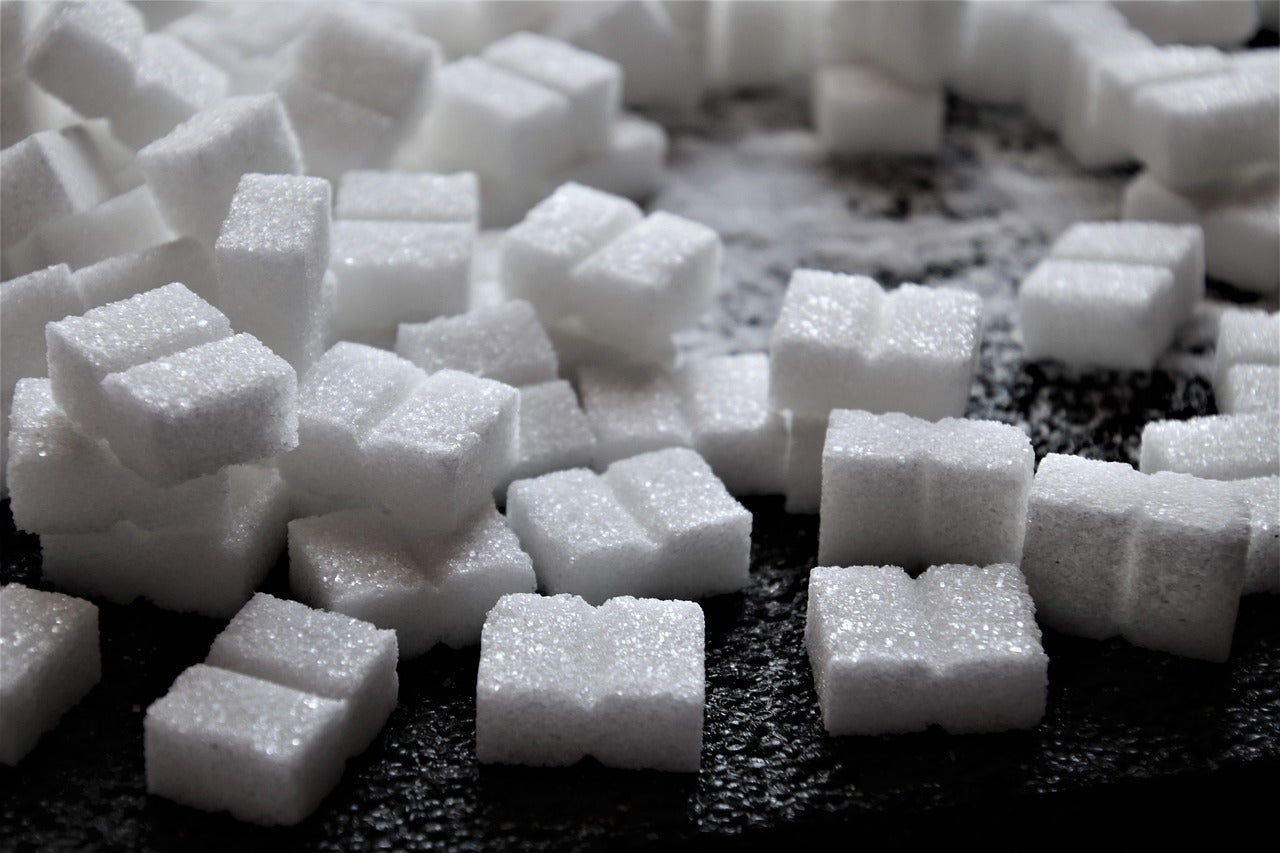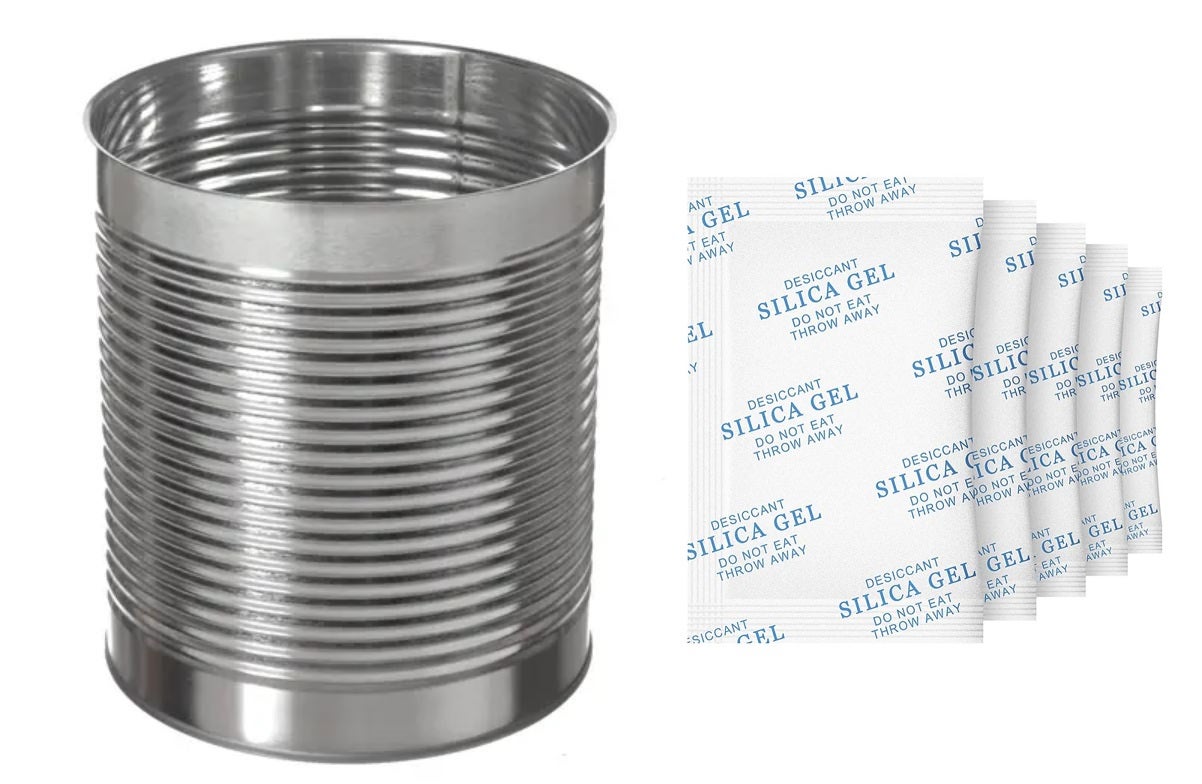The Longest-Lasting, Shelf-Stable Foods for SHTF Scenarios
Travis Olander 02.03.23

As the pandemic showed us, food shortages are not impossible. For much of 2020, shelves in markets were empty of basic necessities: grains, bread, eggs, produce, and other basic nutritional essentials. Food shortages can have dire consequences for those of us who aren’t prepared to go days or weeks without a visit to the local grocer. It isn’t paranoia to stock some shelf-stable foods as insurance against a natural or man-made disaster (or, say, a global viral infection). It’s merely responsible prepping. Let’s take a look at the best shelf-stable foods you should store for another “SHTF” scenario.
Shelf-Stable Foods Storage: What Matters
Not all foods are best suited for sitting in your basement for a few years without suffering rot and waste. Some foods might last awhile, but they’re not healthy or nutritious. Here’s what you should consider when picking what foods to store long-term.
Lifespan/Time to Expiration
The longer a food remains stable, the better the investment. It’s probably not a good idea to try to store a bunch of fresh vegetables and fruits in your basement freezer. Even frozen, they’re going to waste away in a few weeks. The best shelf-stable foods are ones that last years. At minimum, you should only invest in shelf-stable food that can last at least 2 to 5 years at room temperature.
Nutritional Value
We’ve all heard the anecdote about Twinkies surviving the apocalypse. But trying to rely on these ultra-processed fatty snacks is only going to result in poor health, fast. You need to store foods that provide ample macro-nutrients (fats, carbohydrates, and proteins) without all the processed, artificial fillers and excessive sugars.
Ease of Preparation
In a “SHTF” scenario, you’re not going to have access to a fully stocked kitchen for every meal. Even if you have the tools available to you, you’ll want to use as little electricity or fuel as possible to prepare meals. It’s best to focus on foods that require minimal prep work: a little water, maybe some heat, and perhaps some spice thrown in for flavor. Nothing more.
The Best Shelf-Stable Foods for SHTF
So, which foods satisfy these three factors? Let’s take a look.
1. Long-Grain Rice
Long-grain rice is packed with healthy carbs, and carbs provide the bulk of the energy we need to do work. Rice is also an incredibly nutrient-dense food. A single cup of steamed white rice provides about 60% of recommended daily carbohydrates. Rice is also stupid-simple to prepare. Soak it in water, and let it simmer for a few minutes. Fluff it up, season it, and indulge. Rice serves as a great foundation for adding more nutrients, too. Throw in salt, butter, and minerals for balancing your diet. Best of all, dry rice grains (if stored in a sealed can) can last for up to 30 years and they take up little space relative to their servings. That’s tough to beat – in fact, no other food on this list will provide a longer shelf life.
2. Dried Oats
Like rice, oats are packed with carbohydrates. They also provide plenty of fiber — something that most consumers of a Western diet are already lacking, “SHTF” scenarios notwithstanding. And, like rice, oats are nutritionally packed. Only a single cup is needed for 40% of your daily fiber and about 25% of your daily carbs. Oats are also high in iron and potassium.
Oats can be eaten simply by soaking them in water until they’re soft. You don’t even need heat if the situation is dire, or fuel and electricity are lacking. If properly dried and stored in a 10# can, oats (like rice) will last at least 25 to 30 years.
3. Powdered Eggs
There’s a reason powdered eggs are a staple of the U.S. Army’s field rations. Whole eggs provide plenty of non-saturated fat, a decent amount of protein, and plenty of Vitamin D and Iron. Powdered eggs make use of the whole egg, so you’re not missing out on that glorious cholesterol, either.
Stored properly, dry powdered eggs last about a decade, and once open, they’re still good for at least a year as long they’re kept dry and cool. Powdered eggs are pasteurized, too, so there’s no risk of bacteria developing over time. They’re great for adding to other water-prepped, dry foods, adding raw nutrients without much work. Simply whisk and cook as you would a cracked egg. Or use them to make bread and baked foods – that’s a luxury in a “SHTF” scenario.
4. Flour
This one’s pretty self-explanatory: White flour is the foundation of so many foods, and it’s probably the oldest shelf-stable source of nutrition in the history of mankind. Kept dry and cool, flour’s good for at least 25 years. Pair it with those delicious powdered eggs to make bread, cakes, pastries, waffles, pasta, or use it as a thickening agent with a little extra nutrition for your other “SHTF”, mostly-prepped-with-water foods. Like the other foods on our list, flour is relatively nutrient dense: Three tablespoons provides 10% of your daily carobs, 3 grams of protein, a little fiber, and decent iron.
5. Lentils & Beans
Lentils and beans are perhaps the most nutritionally-packed foods on this list. Brown, green, beluga, yellow and red lentils all provide excellent amounts of B vitamins, magnesium, zinc, potassium, complex carbs, protein, fit, fiber, iron, and loads of other nutrients.
In fact, we’d argue that lentils and beans are the two foods you should store most. Second only to rice and oats, these two dry foodstuffs will last at least 20 to 25 years if kept in sealed cans in a dry, cool space. Lentils and most beans don’t need much soaking, and they’re made palatable with just a bit of hot water.
6. Dried Fruits
When properly dehydrated, fried fruits can last as long as all the other foods we’ve mentioned. They’re packed with extra vitamins and minerals that may be missing from the basic food groups we’ve covered, too. The only drawback is they’re not as nutrition-dense, and it’ll takes a few cups’ worth to make a worthy meal. But they’re delicious and provide variety, and enjoying your meals in a “SHTF” scenario is just as psychologically important as the nutrition they provide.
7. Extras: Salt, Sugar, Powdered Milk & Coffee
Although these items aren’t technically critical to nutrition and survival, they provide extra supplementation and they may be useful in other ways. Powdered milk is a great source for calcium and protein, and it’s a great addition for baking and breakfast. Salt can be used as an antimicrobial and wound cleanser, and it’s the default way to cure, sanitize, and store meat without refrigeration. Coffee is one of the healthiest antioxidants you can drink, and sugar is as much a barter currency as it is a sweetener.
How to Properly Store Your “SHTF” Food
Plenty of “emergency food prep” companies advertise overpriced plastic bins for long-term food storage. But to do it right (also read: cheap and effective) you should stick with good ole’ #10 cans and some food-grade desiccant packets.
These packets absorb and lock away any moisture in the food you’re storing, and the classic #10 can can be hermetically sealed, stacked, and left to sit safely for decades without becoming compromised. These little cans also evenly divide up your food stores, so you’re only opening what you need and leaving nothing to waste before you can eat it.
Homesteading can be just as effective as storing shelf-stable foods in bulk, and it provides a layer of redundancy when the time to become truly self-sufficient arises. Check out which seeds we recommend storing.
